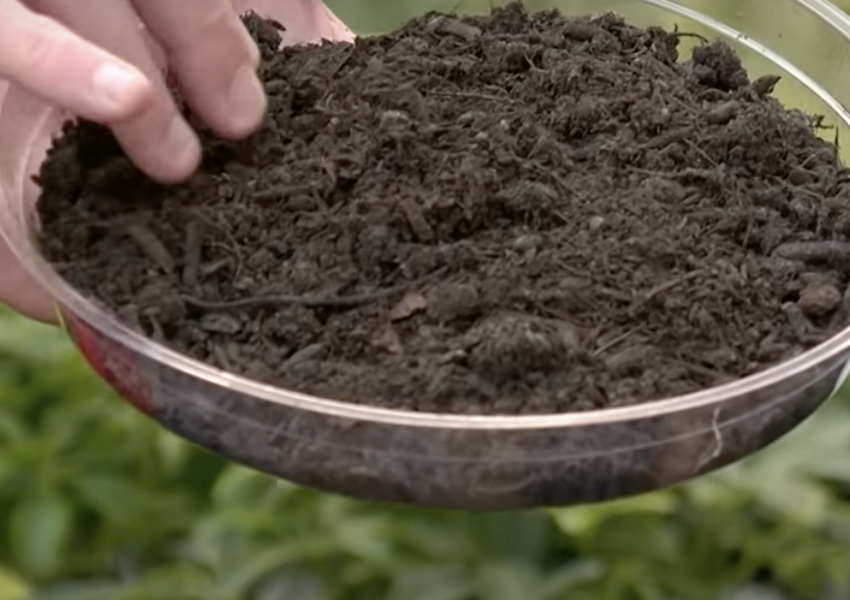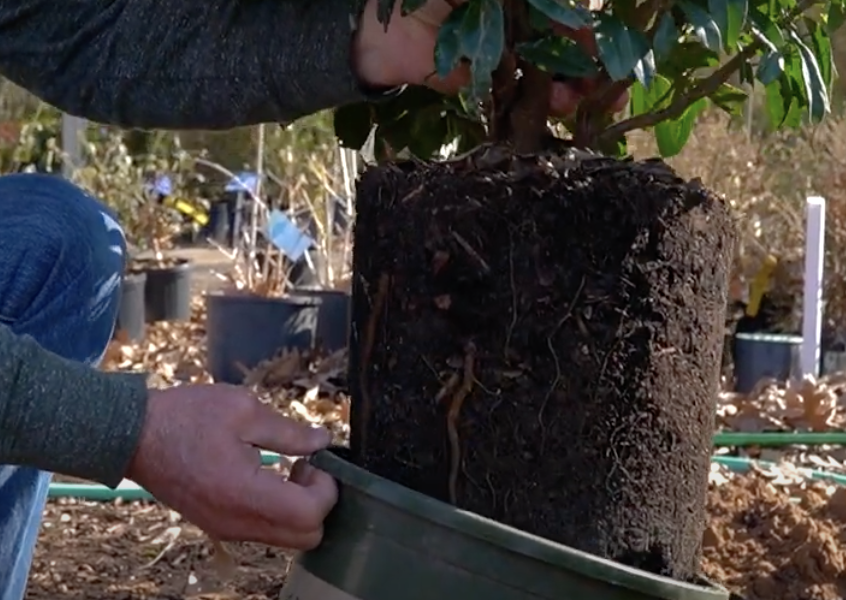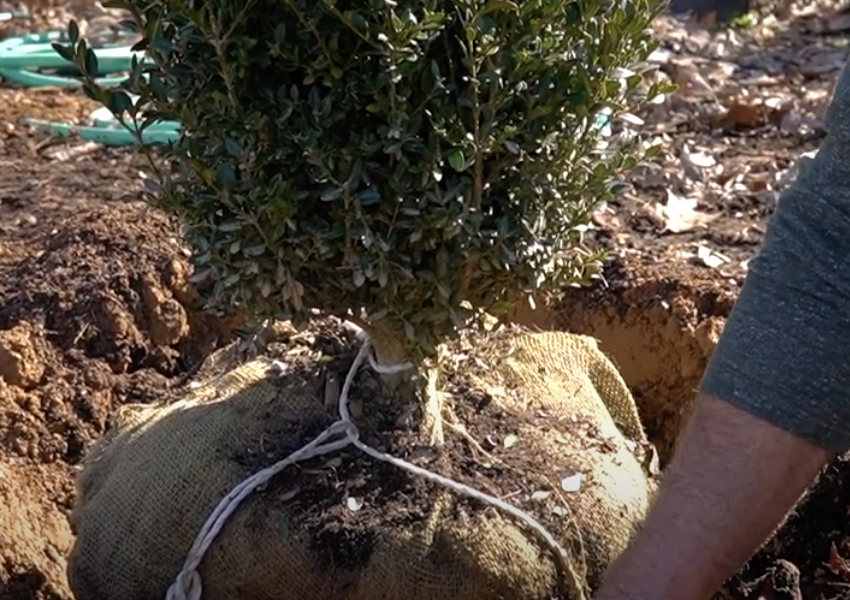Take the Guesswork Out of Watering with a Moisture Meter
Keep reading to learn how to properly water plants! Watering is one of the most common culprits behind plant decline, be it over or under watering. Think about it; the symptoms of each are similar… wilting, yellowing leaves, maybe a few brown leaves. It’s easy to see a plant struggling and think, ‘well, I just need to water it more.’ Hold up! Whether the plant is in your landscape beds or in your favorite planter by the kitchen sink, every time a plant is struggling, it’s time to do some investigating. Keep reading for the water-related part of the investigation below. Remember to always check the entire plant over for signs of injury, disease or insect damage as well.
How to Use a Moisture Meter
In regards to watering, your first instinct may be to touch the top of the soil. And while that isn’t a bad place to start, it won’t tell you the whole story. This is because majority of plant roots are deeper than the soil surface. This is where a Moisture Meter comes in very handy. Place the sensor, located in the tip of the Moisture Meter, into the soil. If the plants are in a shallow planter, try to place the tip two thirds of the way down. Same if the plant is in a small pot. For deep pots, plants in landscape beds or lawn areas, push the sensor down into the soil as far as possible.
How to Read a Moisture Meter
As you can see in the above image, our Moisture Meters shows a range of 1 to 4, with 1 indicating dry soil and 4 indicating wet soil. On the back of the packaging, you will see each of these numbers, followed by a list of plant materials. This is to give you an idea of the moisture level that many plants prefer. Water when the indicator number is less than the preferred number they are listed under. Don’t see your plant on the list? With so many plants out there in the world, not all can be listed. If your plant isn’t on that list, ask us and we can offer a recommendation.
Bottom line, different plants have different needs; a holly is going to require less watering than a shrub, annual or tropical in full bloom. A cactus or succulent plant that has water storage in the leaves needs less water than a tropical plant native to a much wetter environment.
How to Check Soil Drainage
Another thing to consider; through analyzing and investigating your plants’ water needs, you will learn how well your soil drains. You might think there is no way the plant is getting too much water while in fact, it’s not a matter of how much water the plant is given, it’s about how long the soil holds the water. Most of our common landscape plants, lawns and houseplants like moist, well-drained soils. Many of our landscapes have heavy, poorly draining soil… the result is too much water resulting in a lack of oxygen for plant roots. This situation might require amending the soil as well as altering your watering schedule.
Learn When to Water
Think of Moisture Meters as a training tool. Once you get into a habit of using it appropriately, you will learn how your lawn, landscape beds, annual color and potted plants absorb water. This will help you learn when to water plants. It will also help establish a watering rhythm with both your existing plants and new plantings. These are a pretty low risk, high return investment, wouldn’t you agree?
For more information on how to water plants smarter, visit our blog post.

Getting To Know Your Soil
Not all soil is treated equally. In this guide you’ll learn properties to look for in your soil and how to adjust conditions to make them the most suitable for your plants.

How To Plant A Plant
In this article, you’ll learn how to take your new plant out of the container and properly plant in ground for best success.

How To Plant A B&B Tree Or Shrub
This guide on how to plant a ball and burlap tree or shrub covers topics like placement, how deep to plant, and care tips.